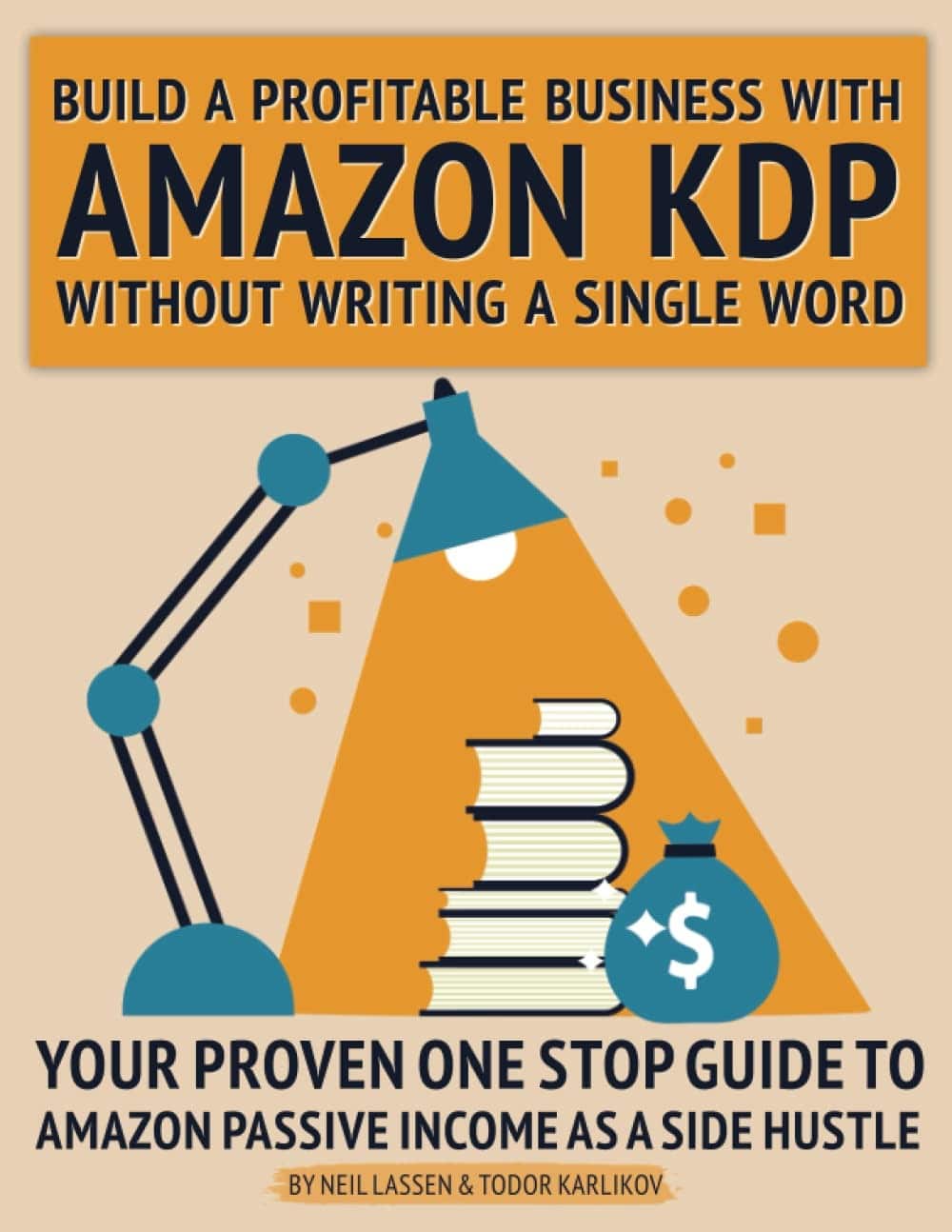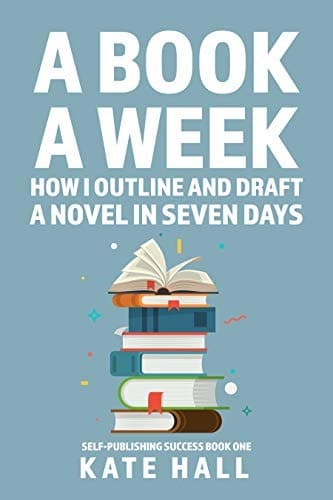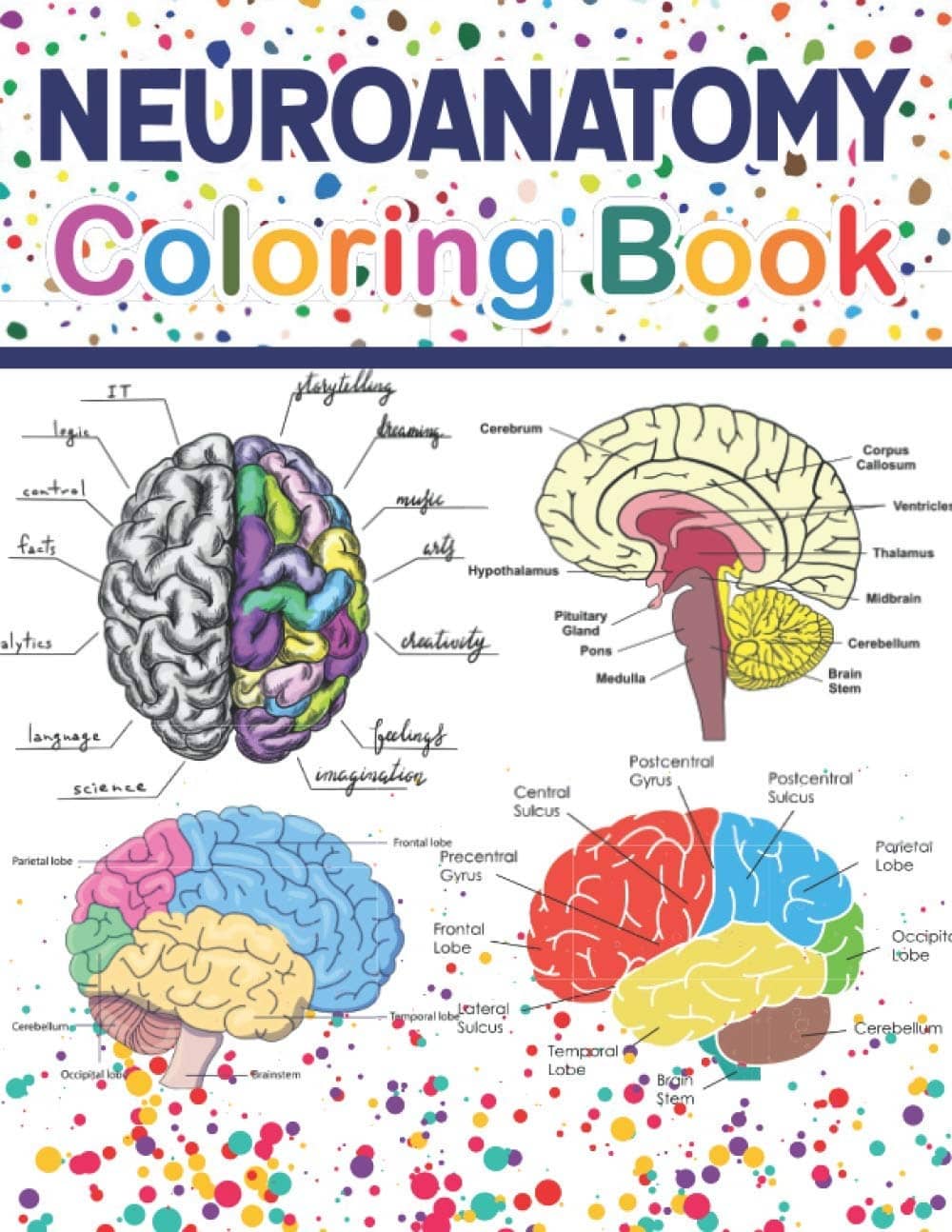
Low-content publishing is often suggested to beginners in the self-publishing world, especially now that everyone is talking about how doing many items successfully can bring you in some noticeable passive income. On the opposite end of that spectrum, some may come across people who advise them to write long novels.
One of the issues is that anybody you listen to will always claim that their publishing method is the greatest in the world. If you want to generate money online, you should listen to them.
So, what should you do? Publish a novel or another form of text with high content? Or start yourself off in the low-to-no content world? A lot of this depends on your own comfort level, time you have to spend, and the real desire to create more out there. It used to be that there was no choice, today you have both and either one can work. But if you’re already low-to-no, maybe it’s time to try your hand at more complex fare?
Low vs. High-Content: A Refresher
We often go into these articles assuming that the reader is already acquainted or even well-versed in these types of self-publishing methods, but we never like to disclude anyone. So just in case it needs to be said: what is the distinction between low/no and high content books?
Low-content books contain little or no content. These include items like calendars, daily journals, coloring books, puzzle books, and so on.
Most of these books can be easily created by utilizing tools such as Bookbolt and the templates they offer. It will take some time and work on your part, but on the plus side you will not need to employ someone to write them.
Coloring books are more work for sure, but can be quite profitable. You may need to hire a designer through Upwork or another website in this case. Of course, this is only if you are not also a designer yourself.
One of the attractive perks of low-content is that with a little work, you can start making money on Kindle Direct Publishing without spending a dollar.
A high-content publication, on the other hand, is a completely different story (pun intended).
A typical nonfiction or fiction book with hundreds of pages of substance is considered high content. Not everyone is a gifted writer. Some folks may not even be able to communicate in English. As a result, it is more difficult to begin openly publishing this type of book. Perhaps you’ll need to hire ghostwriters who can produce high-quality books on subjects you wish to sell. Let’s go over each one in further detail now.
Books with low content are probably what you’re used to doing right now. They are simple to publish and you can easily design your covers and then publish them on Amazon in a matter of minutes. You also have software that creates puzzle books, etc., and templates from sites such as BookBolt. Also, there’s no money required: if you decide to build your own notebooks, guest books, and other low-content books, you can start publishing them without spending any money. You only need a Kindle Direct Publishing account. Your books can be freely published on their site.
There’s also a low barrier to entry, as the learning curve is less steep as compared to publishing high-content books. Furthermore, you do not need a budget to acquire books or run advertising campaigns as many authors who create low-content books do not solicit reviews or use Amazon marketing to promote them. This last point usually deters many people from engaging in high-content activities, having to spend money getting the word out.
That said, by now you may feel that you’re in too large a tank at the moment.
Some low-content publishers appear to have hundreds, if not thousands, of books to sell on Amazon. Are you one of them? These books are frequently inexpensively priced.
To gain money, you must publish in large volumes. If this is you, and you are happy, that is
You might also feel like it’s a lot of work for not as much gain as you imagined. Now, if you are doing well and making the money you planned, go you. But for many, the procedure becomes monotonous.
Consider if you were to publish 500 notebooks to earn $400 each month. Although you may design their covers and interiors in record time, it is a lot of labor. A lot. And we know you know that.
Don’t get us wrong, we’re big fans of low-effort, high-return money makers. And we’re not saying you shouldn’t get your hands on some cash and keep publishing low-content books. There are just different options out there and they might be the boon you are looking for.
Graduating to Higher-Content Books
In terms of higher content, a great plus to going this route is higher earnings: releasing one book can significantly increase your revenue. So, with just a few books, you may start a lucrative business that will change your life.
In comparison, with low content you would most likely require hundreds of books to earn the same amount. There are also books out there on KDP that are still profitable after several years. If the content is right, it avoids short trends.
Higher Content = Higher Barrier To Entry. Are You Up For It?
Of course, with these higher potential products comes more work and possibly financing coming from your end.
You’ll need money to begin (hiring writers, etc.) if you aren’t the sharpest writer ever or are simply don’t have the time to write entire books.
You should budget between $500 to $600 to hire a ghostwriter to write your book. This pricing range is determined on the length of the book and the company or ghostwriter you engage.
However, you can always begin writing your books yourself if that is what you wish to expand into. You may need to research issues you are unfamiliar with if you want to incorporate them, and may also need to set aside money for Amazon advertising. That might be something you need to learn how to do from scratch.
A steeper learning curve indicates that you need to study a lot more. As a result, you must pay greater attention to all the minor aspects, such as having an attractive book title, cover, description, and gaining reviews, among others. In contrast to low content, where the business model is often “publish and forget”.
Why Choose If You Don’t Have To?
So which one do you pick? Well, if you don’t have much money to invest, low-content publishing is more accessible because you can rapidly generate these books yourself. All you need is a basic understanding of how to use the KDP platform (which you probably do) and you can generate these books. You can absolutely invest in high-content books after you have some more experience or funding. Typically, your high-content books will be your biggest money makers.
But there is also nothing wrong with publishing both kinds of books if you have money and time to invest. The difficulty with depending solely on high-quality content is that you tend to focus on one area at a time.
Sometimes a specialty will sell well during one period but not so well the next. This is just the reality of our shared beast. But if you are ready to move away from just doing low-content work, there is actually very little in your way to stop you.




